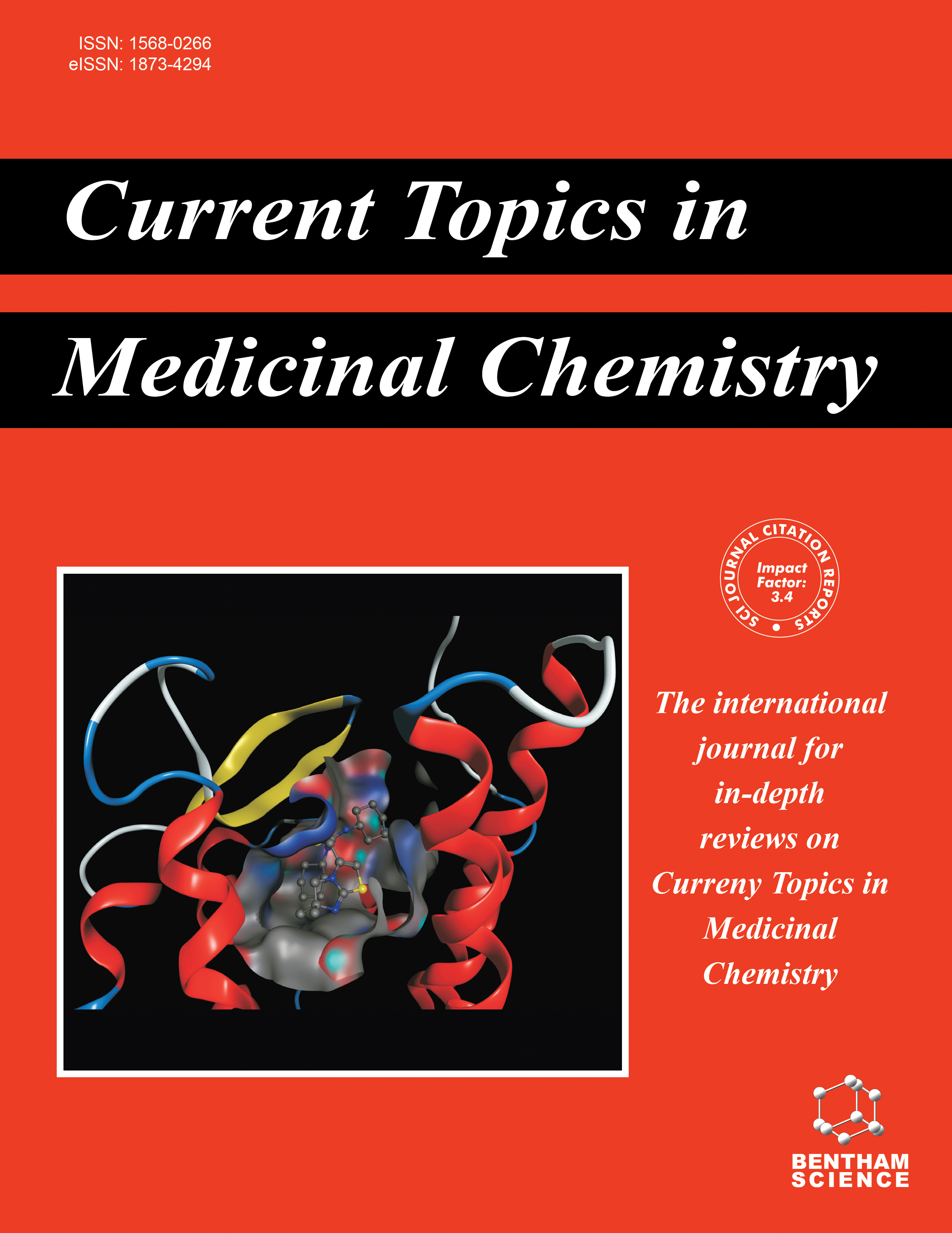
Full text loading...

Precision medicine's quick development has transformed the way cancer is treated, and because small-molecule kinase inhibitors can specifically block the abnormal signaling pathways that cause tumor growth and progression, they are now a key component of targeted therapy. This review explores the most recent advancements in kinase inhibitor design and optimization, with a focus on novel drug scaffolds, improved structure–activity relationships (SARs), and molecular modification techniques meant to improve target selectivity, potency, and pharmacokinetic profiles. Emerging strategies to combat resistance mechanisms are heavily emphasized, such as the use of dual-target inhibitors that block parallel signaling cascades, allosteric modulators that bind to non-ATP sites, and combination therapies that work in concert to increase efficacy while reducing resistance. A thorough summary of the kinase inhibitors that are now FDA-approved for use in treating different forms of cancer is also included in the review, along with information on their safety profiles, clinical effectiveness, and changing indications of usage. Additionally, it examines encouraging results from preclinical research and ongoing clinical studies assessing next-generation kinase inhibitors, which have the potential to further customize cancer treatment. In order to improve patient outcomes, address therapeutic resistance, and broaden the therapeutic scope of kinase-targeted interventions in oncology, the review concludes by highlighting future research directions, such as drug repurposing, computational drug discovery, and advanced precision oncology approaches.

Article metrics loading...

Full text loading...
References


Data & Media loading...